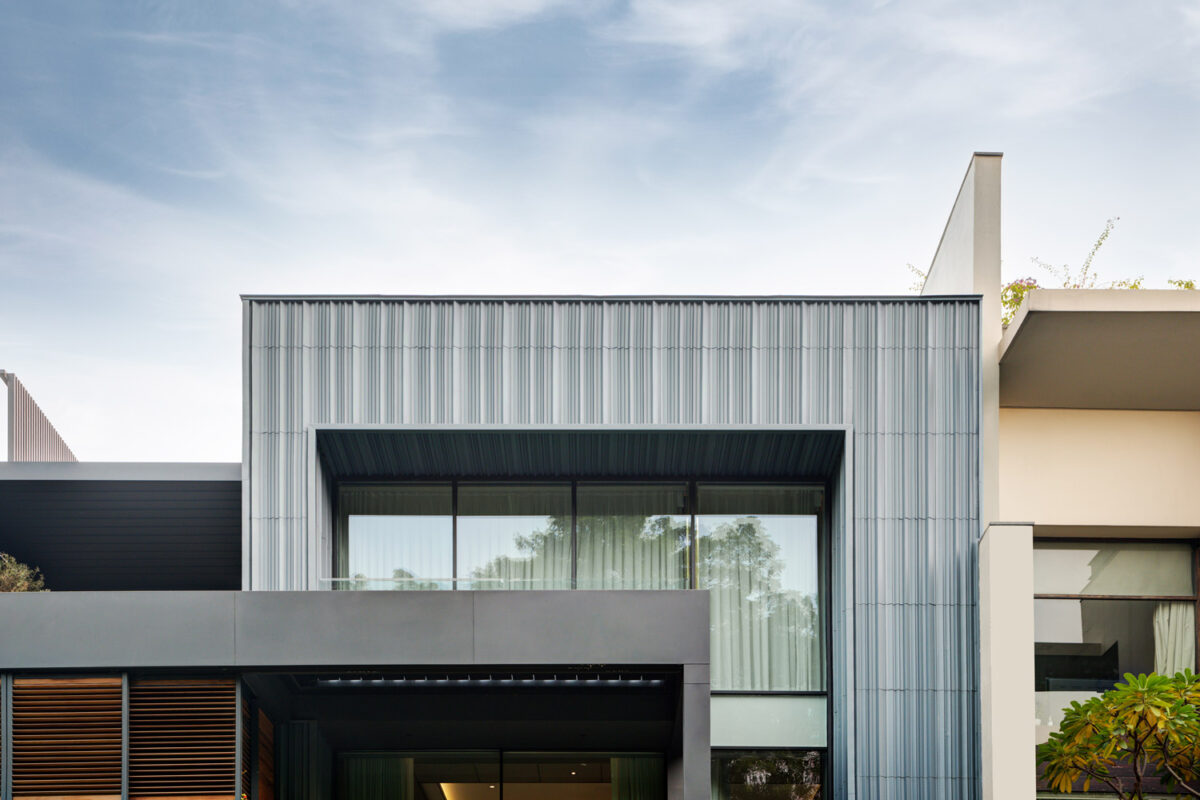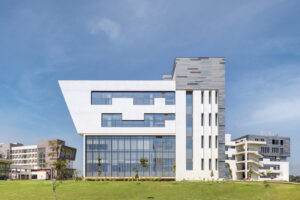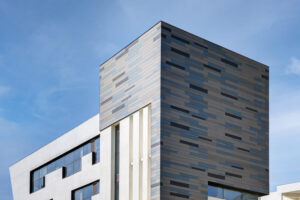So you are a photographer who is diversifying into the real estate niche. Or maybe you are an architect who wants to apply your education to photographing buildings. Whoever you are, you are just starting as an architectural photographer, and out of all questions you have, one that makes you the most restless is this, “How much should I charge?”
Various factors are at play in Architectural Photography. While there is no established formula to price your architectural photography correctly, there are a few metrics you can use to come up with a sustainable fee for your services.
First and foremost, you must possess impeccable photography skills. The higher your skillset, the higher you can charge—it is as simple as that! As a photographer, your craft matures with your career; the more time you spend sharpening your skills, your expertise and reputation grow. A portfolio stacked with your most prestigious works will demand respect, and your client will trust you to get them the photos they need.
“Clients are happy to pay more to someone with experience who will deliver results in one go. So build your skillset!”
The shoot location also matters when raising a quote to your client. Are you in a Tier-1 city or a Tier-2 city? Is your site more urban or rural? Cities with a culture of art will be willing to pay more than other cities. Newly developing cities have a greater scope for opportunities. New construction brings more competition between the stakeholders, and everyone likes to have an edge. So they’ll pay more for a skilled photographer.
The client will also be interested in your published works, along with your portfolio. Architects want to get published, and they will undoubtedly look to see where your work has been published before hiring you. Another thing to consider is personal connections. Having a former client vouch for you or recommend you to their friends in the industry can work wonders for your reputation.
“A photographer with a good portfolio and a publication history will easily find clients willing to pay.”
With the shift towards ‘aesthetic’ on social media, architectural photography no longer concerns itself with photographing houses. It contains within itself a range of sub-genres, from corporate interiors to construction site photography and product advertising photography. While there are many ways to make money in this line of work, some of these genres will pay better than others.
Different clients have different budgets and will accordingly offer you varying pay. A publisher or a newbie architect may pay you less than corporate firms and starchitects. Still, such gigs can help you build visibility for your work. Companies may have a strict budget, or you may encounter clients unwilling to pay for one reason or another.
“However, you will also find people who recognise the value of good photography and are willing to pay for it.”
Architectural photography does not end with wrapping up on location. Post-production is a critical step in the process of creating quality images. The amount of retouching required can vary significantly between clients and your signature style. Post-production should be included in your billing to compensate for the valuable time you are using.
A little about licensing
A license gives your client certain rights to use your images within an agreed scope. It means you give your client rights in exchange for a payment to use your work for a particular purpose and a specific period. Licensing will be an essential part of your billing. You can increase or decrease your charges depending on the rights a client seeks or the number of entities using your photos.
How much should you charge?
As mentioned above, Architectural Photography is a field with numerous variables, and coming up with a standard pricing scheme can be a bit daunting. Individuals may vary in their approach, but one of the modes can be to charge a day rate for your time and a post-production fee for each image. The day rate varies according to the complexity of the job, your skillset, equipment and the physical labour you put in on location. You can set a minimum limit for the post-production fee or let the client decide, depending on the subject matter.
“Your pricing plan should allow you to have a comfortable schedule and the freedom to take some personal projects or time off.”




